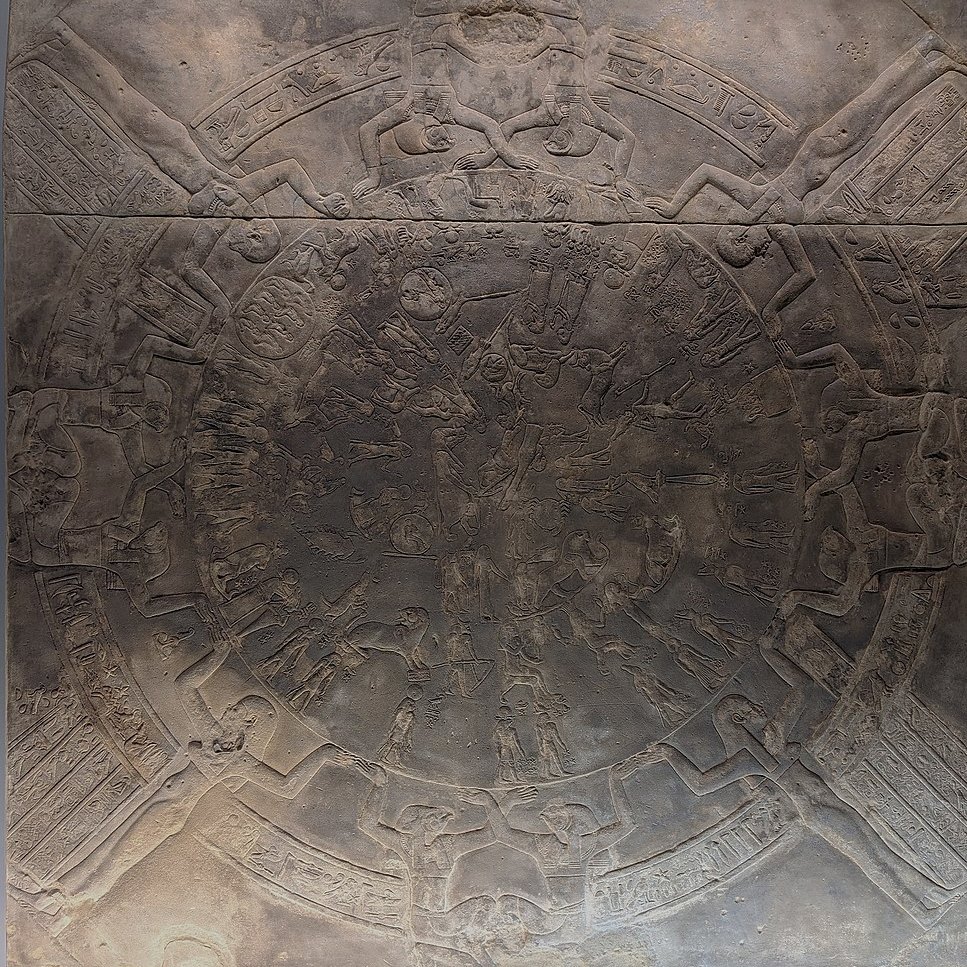Have you ever considered astrology as something more than science? What if we say it transcends simply exploring the planetary positions and explains their footprint on human lives and the world order? Still, this is not the limit.
Besides offering effective personal guidance, astrological insights shaped various cultures and civilizations over the centuries. Countless artists used cosmic wisdom as a source of inspiration. Their artworks manifested celestial symbolism and astrological archetypes to represent humanity’s relationships with the universe.
Today, we will trace the captivating evolution of astrological beliefs through art. Let’s explore the key beliefs of each era and their leverage in artistic expression.
1. Ancient Times as the Cradle of Celestial Imagery
Astrology is rooted in the earliest known civilizations where people believed in the divine concept of the cosmos. For example, Mesopotamians thought that planetary movements conveyed messages from the gods. This was a cross-cutting idea forming their culture’s artistic output. You can see abundant art pieces of that time depicting zodiac signs together with celestial creatures. They supposedly emphasize the unity of physical and spiritual realms.
Another civilization that drew inspiration from astrology is the ancient Egypt. They linked stars to the place where gods live and cyclical planetary traffic to reincarnation and eternity of the soul. ‘Dendera Zodiac’ is one of the most popular ceiling artworks proving that. It includes comprehensive cosmic motifs, zodiac images, and symbols of stars. These carvings showcase Egyptians’ profound astrological knowledge and their vitality in artistic life.
Ancient Greeks and Romans shared similar opinions on astrology, considering it a bridge between the material world and the divine. They associated gods with specific planets and manifested this in sculptures and zodiac mosaics.
At the heart of their culture was the belief that celestial movements directly impact personality and destiny. We can clearly observe this across countless artistic creations. Plus, it has much in common with today’s narratives of astrologers about the determined fate by a birth chart. To discover more exciting astrological insights and experiences, visit the Nebula astrology app.
2. The Middle Ages: Astrology through the Prism of Religion
The Middle Ages were the period of Christian doctrine dominance. Though astrology contradicted the church concepts, it had a place in religious art. Many painters incorporated illustrations of celestial traffic, referring them to the Lord’s divine will.
Medieval-time artworks often blend Christian iconography with astrological symbols. This is traced the best within Gothic cathedrals. For example, Chartres Cathedral in France features stained glass windows decorated with zodiacal images. The zodiac sign was typically a metaphor for the universal order ruled by the Lord, joining the earth and heaven into a harmonious spiritual unity.
In addition, artists from this period used astrology to explain the physical and spiritual meaning of human existence. To exemplify, a host of manuscripts contained ‘zodiac man’ illustrations. They interpreted the link between different body parts and specific celestial signs. In other words, the artistic embodiment of astrological beliefs played a pivotal role in medieval medical and spiritual awareness.
3. The Renaissance: The Rebirth of Traditional Astrology
The Renaissance became an era of reviving classic knowledge in astrology. It stood in one line with leading sciences like mathematics and astronomy, explaining the connection between microcosm (an individual) and macrocosm (universe). Michelangelo’s artworks are the best examples of integrating astrological symbols into the collective mind.
Another famous personality is Botticelli. His ‘Primavera’ painting is an iconic representation of astrological symbolism. Through portraying Venus, Mercury, and other mythological beings, the artist appealed to the key Renaissance concepts of order, balance, and interconnectedness of all things. It echoed astrological ideas that associated the cosmos with human existence.
Due to massive intellectual curiosity, this age was the starting point for the so-called ‘house horoscopes.’ Zodiacal images combined scientific and artistic elements to predict the influence of planets on human affairs. Visuals were highly detailed, engaging a wealth of people to believe in higher powers.
4. The 19th and 20th Centuries: Projecting Astrological Concepts through Romanticism and Surrealism
The Romantic movement in the 19th century initiated a renewal of esoteric and mystical motifs. For example, a popular artist of that time, William Blake, embraced astrological symbolism to showcase the deep soul-universe bond. His visionary works are globally known because of light play. Blake’s celestial imagery served to express the permanent struggle between light and darkness, awareness and ignorance.
Salvador Dali and Max Ernst were remarkable 20th-century figures who completely reshaped approaches to astrological expressions in art. Their imagery blended astrology with the investigation of dreams, the psyche, and the surreal. Overall, artists of this period targeted to accent the unseen depth of the human mind and hidden cosmic opportunities, creating a potent visual synergy of both.
5. Astrology in Modern Context
Astrology continues to be influential in present-day art expressions. While considering the creative assets, astrological themes act as a tool for exploring identity, spirituality, and fate.
Whether abstract or representational works, astrological beliefs are a source of meaning and inspiration. Contemporary artists tend to craft a harmonious mix of ancient ideas with current sensibilities. That way, art pieces offer a new perspective on personal insights and universal truths.
